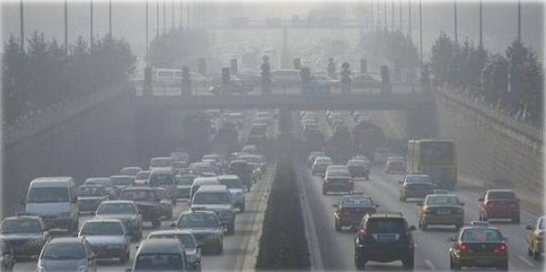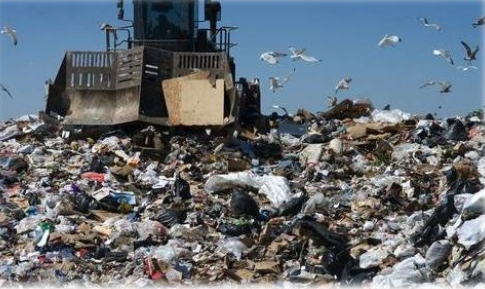Few days ago, the European project LIFE DIOXDETECTOR was closed in CARTIF. The main objective was the application of a new analytical technique for the quantification of dioxins and furans, being this new technique, mainly, more sensitive and faster with respect to technical traditional.
Dioxins and furans are compounds that form part of a group of dangerous chemicals called Persistent Organic Pollutants (POPs).
When the word “dioxin” is heard, a certain alarm is created, and it is no wonder, because they are “worrying” compounds because of its high toxic potential as well as its persistence in organisms. The half-life of dioxins in an organism is between seven and ten years.
Big catastrophes such as, the serious accident in 1976 at a chemical factory in Seveso (Italy) or high concentrations of dioxins were found in poultry and eggs from Belgium in 1999 or market exit of tons of meat pork and pork products in late 2008 in Ireland, since amounts of dioxins were detected 200 times above the limit prescribed, among others…have been used to study the effects of long term dioxins and furans cause on health and the environment.

Dioxins and furans emission sources are mainly, solid waste incineration, industrial processes (paper mills, foundries, etc.) and road traffic, but also can also be generated naturally (forest fires, etc.).
And it is that although, the problem of dioxins and furans appear that it is so far, because it is possible that you do not live near an incinerator, due to the generalized presence of these compounds, all people have background exposure, which is not expected to affect human health. The effects on human health depend on the time of exposure to these pollutants.
These compounds can cause reproduction and development problems, affect the immune system, interfere with hormones, and in this way cause cancer.
In the environment, studies show that soil and vegetation near incinerators, can become contaminated by the release of dioxins and heavy metals at levels above normal background concentrations. The dioxin levels found in the soil and vegetation depend on the distance to the incinerator.
As cited above, solid waste incinerators are one of the main emissions sources of dioxins and furans. The European Directive for hazardous waste 2000/76, transposed into Spanish law in RD 653/2003, establishes as limit total emissions of dioxins and furans 0.1 ng/Nm3.
Undoubtedly, the most effective measures to prevent or reduce human exposure to these compounds are those taken at the root, i.e., in the own emission sources, with more stringent controls industrial processes in order to minimize the formation of dioxins and furans.

The analysis of these compounds is one of the most complicated in the world. The high toxicity of these compounds at very low concentrations, makes necessary the development of highly sensitive analytical techniques, as the technology proposed in the DIOXDETECTOR project, which is able to detect concentrations below the level of part per quadrillion (ppq).
It is clear that an improvement in air quality, it is quality of life. Just have to take a look at the latest news related to air quality: “Madrid exceeds the limits for nitrogen dioxide and active phase 2 of the protocol anti-pollution City” or “The poor air quality in Aviles forces to decree the pre-pollution alert”, among others, to realize the consequences that entails poor air quality in our daily lives.
- Is there natural radioactivity in drinking water? - 16 April 2019
- Living between dioxins and furans - 18 November 2016
